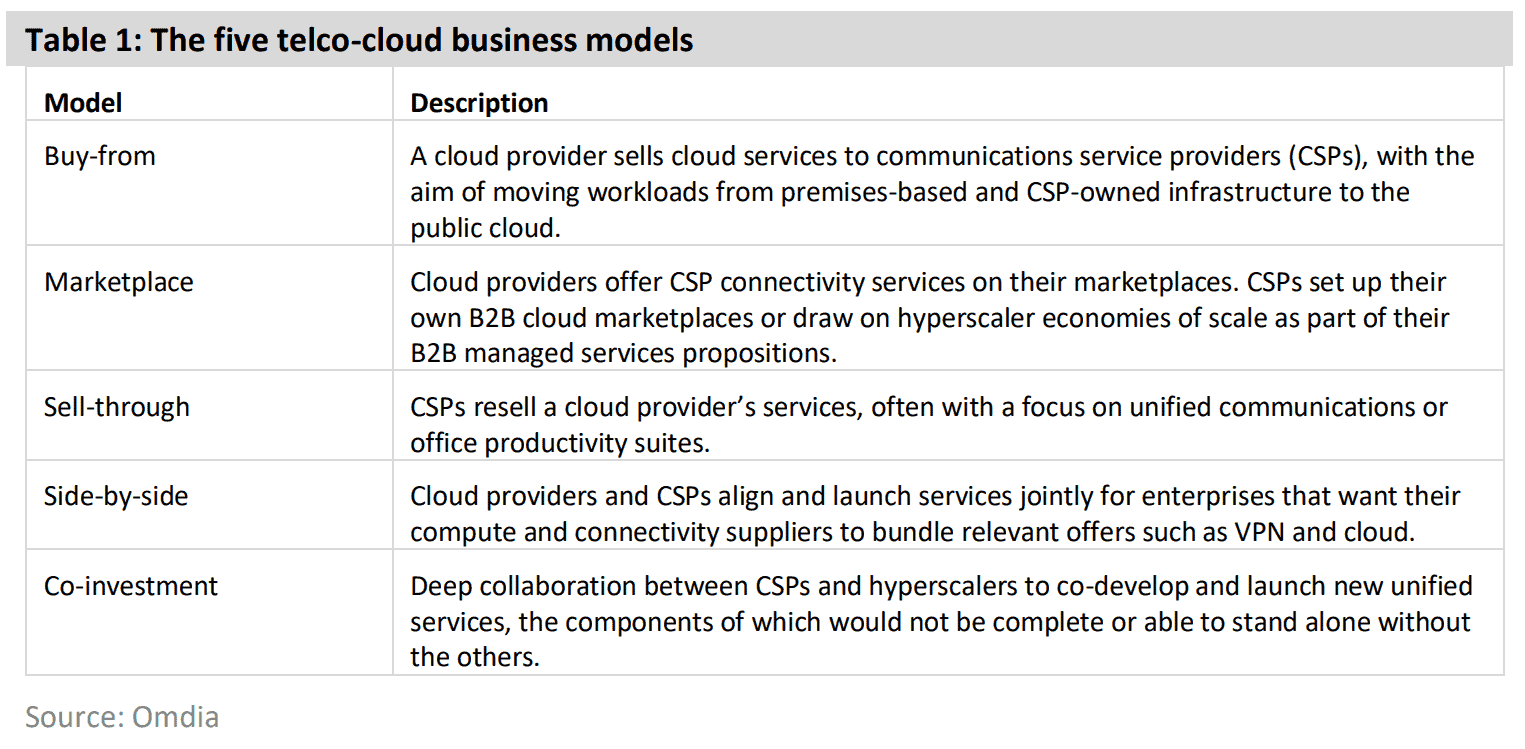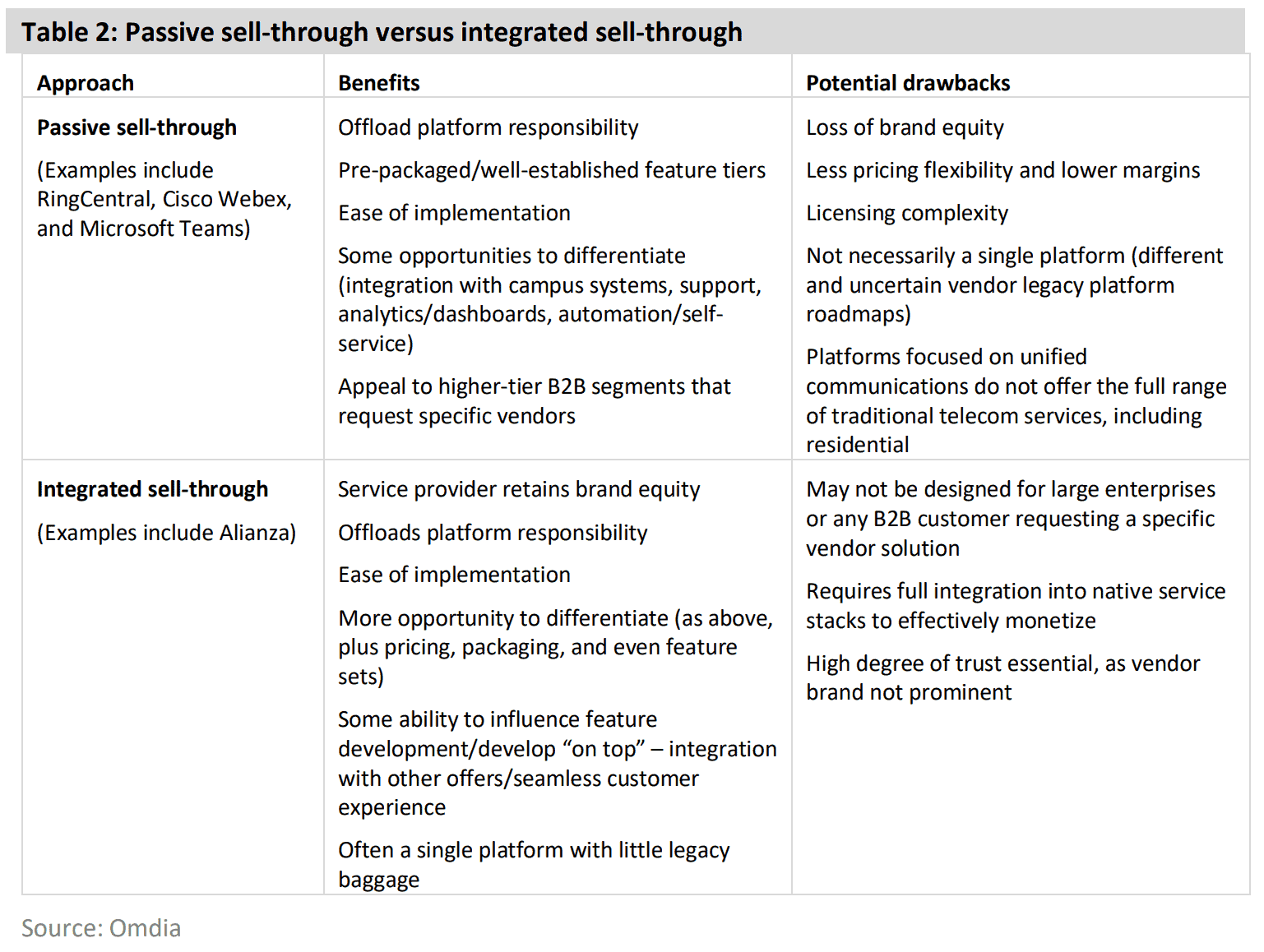Industry growth stagnant despite $3.6 trillion in global CapEx spending since 2012
Operating expenses to continue increasing, creating urgency for cloud migration to reduce costs, monetize network investments and derisk legacy network infrastructure
PLEASANT GROVE, UTAH – March 12, 2024 – Alianza, Inc., the leading cloud communications platform for service providers, today released a new Omdia Research report, “Reinventing Core Communications: Strategic Imperatives for Growth.” The report offers a transformation roadmap for telcos as they face increasing operational complexity, network costs, and revenue pressures that are creating unsustainable market conditions and threatening business growth.
“Omdia’s new report outlines the current reality that telecom sits at a crossroads, where its historical aversion to change challenges future viability,” said Kevin Dundon, chief strategy officer for Alianza. “The risk of doing nothing now outweighs lagging concerns about migrating core communications to the cloud. Service providers must address the growing urgency to innovate and modernize core communications to overcome the consequences of market trends that have shaped the industry for too long.”
Industry in Decline
Over the past decade, net global telecom revenue has stagnated, declining to $1.98 trillion in 2022, from $1.99 trillion in 2014. During the same period, CapEx skyrocketed to $3.6 trillion. Network investments have yielded greater bandwidth capacity, but often at the cost of operational complexity and diminished margins.
Competitive pressures have also become more dynamic. Prominent vendors now dominate the large enterprise segment and cloud-only providers continue to expand service delivery over the internet, eating away at a cornerstone of the traditional telecom market.
Breaking the Status Quo
Recognized as historically cautious and slow to move, the telecommunications industry often approaches innovation as a risk. Service providers regularly choose to optimize existing network services and infrastructure, rather than seeking new approaches and simplifying delivery of core communications – voice and unified communications (UC) – in the cloud.
Talent considerations are creating additional challenges as skilled voice network engineers exit the workforce. Next-generation workers have neither the training nor the hands-on skills to maintain legacy networks, placing the end-user customer experience in jeopardy.
Advancements in AI Technology
Service providers often overlook core communications as an area ripe for innovation but can no longer afford to hold off. Urgency is increasing to find new opportunities for innovation in service delivery, customer experience, and go-to-market strategies. Service providers that take a digital-first approach to service delivery and support will differentiate themselves not only on feature sets but, more importantly, on customer experience. These capabilities will win away business from competitors that fail to modernize and streamline customer interactions.
Generative AI-enabled voice solutions that use natural language processing and sentiment analysis are also poised to deliver intelligent technology well beyond the enterprise and contact center applications deployed today. Targeted at small and medium-sized businesses, they will help to create new lines of business and telecom revenue in an economic sector that generated 43.5 percent of gross domestic product in 2023.
Future Business Models
Building on its 2023 report, “Future of Telcos and the Cloud: New Business Models and Paths to Growth for 2030,” Omdia identified five business models for service providers and their cloud partners to modernize core networks: Buy-from, Marketplace, Sell-through, Side-by-Side, and Co-investment – see Table 1.

While each approach has its benefits and drawbacks, the report recognized the sell-through model offers the greatest alignment to voice and UC services, with additional research detailing passive sell-through versus integrated sell-through options – see Table 2.
Brand equity considerations are also noted a key differentiator in the report. Passive sell-through vendors control contact with end-user customers, while integrated sell-through vendors enable service providers to retain their customer relationships and own the end-to-end experience. In the near-term, brand equity may not seem critical, but the threat will increase considerably as competition matures.

Conclusion
Pressures from a decade of stagnant telecom industry revenue will continue to escalate, finally pushing service providers to uncover new paths to growth. Leveraging the cloud for voice and UC services provides an opportunity to optimize service management and free up resources to pursue AI-driven innovation.
Key considerations include:
- Risk assessment: From CapEx to OpEx, service providers must identify and review the true costs and risks associated with the status quo.
- Cloud transformation: The cost and risks of maintaining legacy voice infrastructure have become too high, furthering the shift to vendor-hosted clouds for core communications.
- Technology innovation: Traditional voice will continue to decline, but innovation in business communications, driven by sentiment analysis and mobile convergence, will surface new products and revenue to counterbalance current trends.
Download the Omdia report at www.alianza.com/telco.
About Alianza
Alianza is the leading cloud communications platform for service providers. We help our customers supercharge growth, reduce costs, and transform into modern techcos. With Alianza, service providers can navigate the end of the softswitch era and upgrade to a cloud-native solution to power both legacy voice and next-gen cloud communications services — including cloud meetings, collaboration, and text messaging. Our team of experts is passionate about simplifying service delivery and ensuring first-rate customer experiences. Learn more about our solutions at www.alianza.com and follow us on LinkedIn and X.
###
Explore More With Our Cloud Communications Experts


